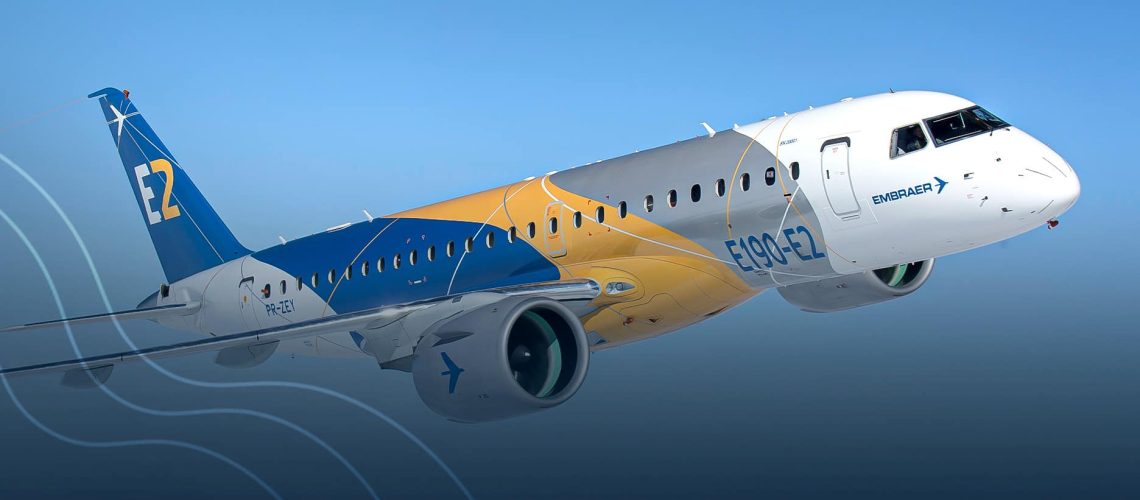Introduction
The number one focus in aviation is crew and passenger safety.
Based in Kelowna, British Columbia, SKYTRAC has provided aerospace operators with enhanced safety, efficiency, and aircraft situational awareness since its inception in 1986.
An aerospace leader in Low Earth Orbit (LEO) satellite communications and intelligent connectivity, SKYTRAC provides innovative technology solutions to some of the world’s largest organizations. SKYTRAC’s work helps aerial firefighters save forests, allows search and rescue teams to navigate dangerous environments, provides coast guards and militaries with mission management, and helps empower humanitarian missions around the world.
No stranger to advanced systems integrations, SKYTRAC has collaborated with top aircraft manufacturers including Airbus, Gulfstream, Leonardo, Lockheed Martin, Pilatus, and Textron on its path to becoming a certified solution on over 900 different airframes.
Today, the emerging aerospace connectivity firm is en route to solving one of the most significant issues to plague commercial aviation – the problem of missing aircraft.
The GADSS Effect
Large commercial aircraft such as the Airbus A330 or the Boeing 777 are not something that one would expect to lose or misplace. Unfortunately, this exact loss of large aircraft happened in June 2009 and March 2014 to Air France Flight 447 (AF447) and Malaysian Airways Flight MH370. These two aircraft accidents caused considerable consternation within the aviation community. In both cases, large aircraft containing hundreds of people vanished, leaving little clue as to the cause of their disappearance.
In the case of Air France 447, it took over two years and a cost of US$32M to locate the wreckage and recover the cockpit voice (CVR) and flight data recorders (FDR). As of today, the aircraft wreckage and flight data recorder for MH370 has yet to be located. Pending new information, the search for MH370 was suspended in 2017 after approximately three years of investigation. When the search effort was terminated, it was estimated that an expenditure of around US$200M had been incurred.
The inability to quickly and accurately locate wreckages and recover the contents of the flight data recorders in a timely manner resulted in the International Civil Aviation Organization (ICAO) initiating the Global Aeronautical Distress and Safety System (GADSS) initiative. The goal of this initiative is to ensure that the worldwide location of an aircraft, be it operating over land or water, is always known through regular fifteen-minute transmission intervals. Should an aircraft encounter a distress condition, the transmission intervals are decreased to one-minute intervals.
A solution that satisfies ICAO’s GADSS requirements will be mandated on new operational aircraft beginning on January 1, 2025 and retrofitted to aircraft that will be delivered from January 1, 2024.
Support for Business Acceleration
SKYTRAC realized that its expertise was very much in line with the ICAO mandate and decided to develop a GADSS solution that would satisfy the upcoming requirements. Technology synergies with its sister companies in aircraft tracking, emergency locator transmission (ELT), global satellite connectivity, and flight data acquisition, provided a clear path forward for the organization.
Although the GADSS requirements themselves are technically challenging, SKYTRAC was confident they would meet the stringent requirements within the expected timeframe given the appropriate resources. The biggest challenge to SKYTRAC, however, was managing the inherent risk and the associated up-front investment.
To mitigate this risk, SKYTRAC turned to the National Research Council of Canada Industrial Research Assistance Program (NRC IRAP). After initial discussions, SKYTRAC received advisory support and research and development (R&D) funding from NRC IRAP to explore the technologies and effort that would be required to develop a viable GADSS solution.
“NRC IRAP helped us develop an initial business plan,” says Steve Hall, SKYTRAC’s Director of Research Strategy and Partnerships. “NRC IRAP provided support for our early-stage R&D related to GADSS. This helped us undertake some initial de-risking of the program,” notes Hall. “This de-risking was key because in a project such as GADSS, you don’t know what you don’t know until you start investigating the program challenges. Initial NRC IRAP guidance and funding helped us define and focus on the key issues that would need to be addressed during the development of our GADSS program.”
The result of the initial project, was that SKYTRAC built a strong technical and business case for its GADSS solution. The success of the project led to SKYTRAC receiving further advisory services and funding support from NRC IRAP of up to C$3.0 million to support the development of its GADSS solution,
“This large NRC IRAP project has been beneficial in three ways,” adds Malachi Nordine, President of SKYTRAC. “Firstly, it allowed us to accelerate the development of our GADSS solution. Secondly, it allowed us to explore and contemplate the application of more leading-edge technologies than if we were to go it alone. Finally, it tipped the balance in favor of our parent company, ACR Group, designating SKYTRAC as their worldwide GADSS center of excellence, resulting in long-term investment into our Canadian facilities and employee base. This enabled us to hire the additional technical engineers, co-op students, and administration staff needed to support a program of this magnitude.”
“The importance of Canadian investment in convincing SKYTRAC’s parent company to invest in Canada cannot be overemphasized,” notes ACR Group’s Vice President of Corporate Strategy, Michael Wilkerson. “In today’s competitive market, we were trying to assess the relative merits of a number of our different worldwide locations as potential sites for the GADSS Centre of Excellence. While some of our other location costs were certainly less than those at SKYTRAC, they did not have the same access to skilled labor and an established track record of liaising with universities and government research institutes. However, once we saw the willingness of NRC IRAP to help de-risk this initiative by supporting the investigation and application of leading-edge technologies, the decision about how best to move forward became obvious. We certainly applaud such initiative and long-term thinking by the Canadian Government,” states Wilkerson.
Becoming Canadian Leaders
Being early to market with GADSS has been a focal point of SKYTRAC since the mandate’s announcement. The introduction of a viable solution to solve the issue of missing aircraft will be a great moment for the Canadian aerospace sector and provide peace of mind to passengers around the world. Industry adoption from major OEMs places SKYTRAC beside the best and brightest aerospace technology corporations around the world.
In October of 2021, the world’s third largest aircraft manufacturer, Embraer, selected SKYTRAC’s GADSS solution as line-fit on its E2 jets, validating the product on the global market. These leading jets will be delivered to airlines around the world with SKYTRAC’s systems on board to ensure that the aircraft are always tracked, no matter the location.
The SKYTRAC GADSS solution, known as the ADT-5000, will alert airline stakeholders and Search and Rescue or Accident Investigation Authorities to cases of distress through a Distress Report which relays 4D positions to the ICAO Location of Aircraft in Distress Repository (LADR). With this Autonomous Distress Tracking (ADT) solution, aircraft manufacturers will solve the key GADSS Concept of Operations (CONOPs) objectives. These objectives include notifying Search and Rescue (SAR) authorities when aircraft are in distress, identifying the location of an end of flight aircraft position, ensuring efficient and effective SAR operations, and assisting with Timely Recovery of Flight Data (TRFD) that enables accident investigation and criminal authorities to rapidly ascertain what caused an aircraft to crash.
In addition to finally solving the problem of missing aircraft, SKYTRAC’s solutions will provide airliners with innovative fleet-wide technologies that allow the extraction of valuable operational and maintenance data which was not previously attainable.
SKYTRAC is now in a position to solve the issue of missing aircraft, permanently, while at the same time furthering its growing reputation as a global Canadian aerospace leader.

